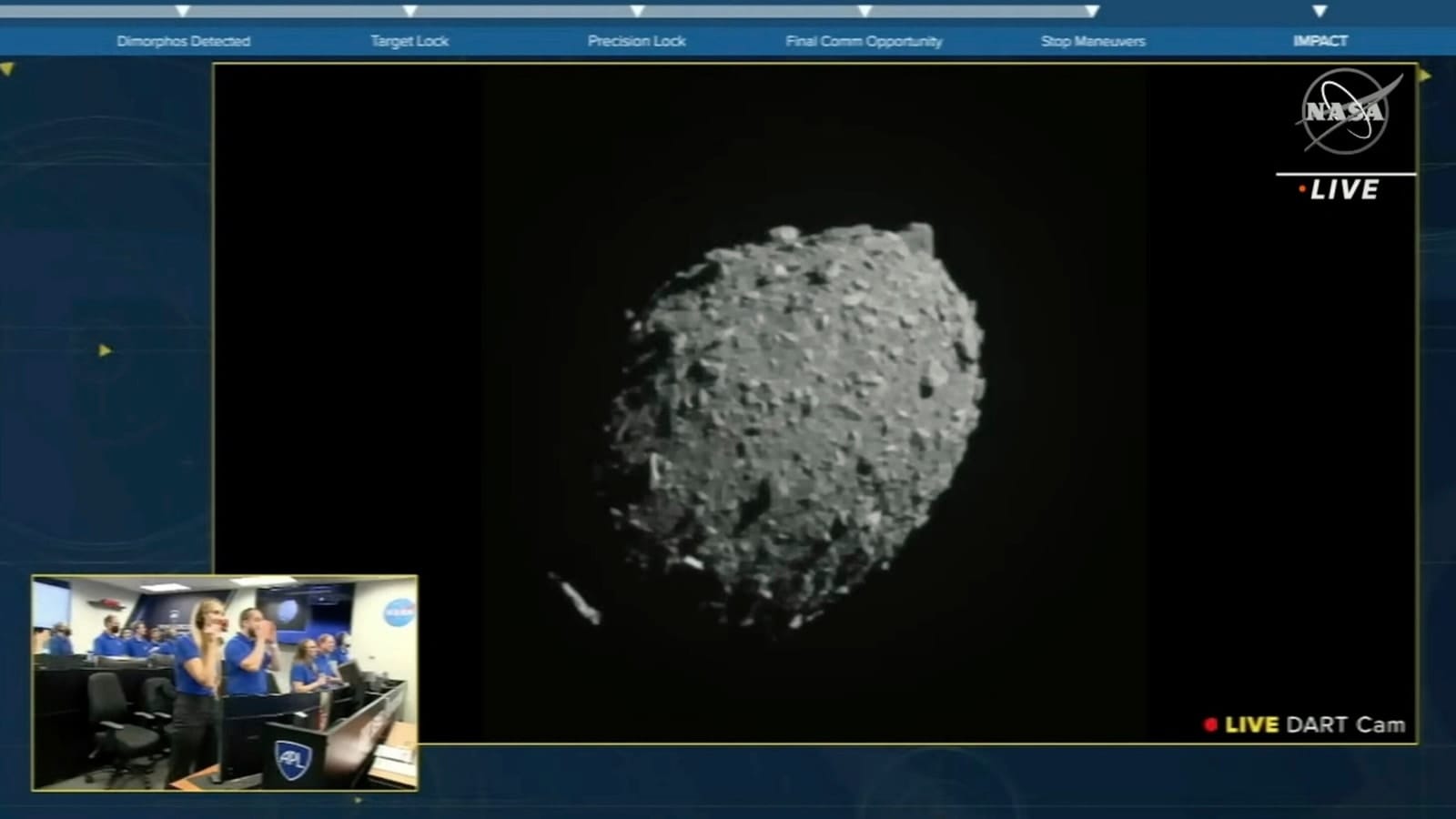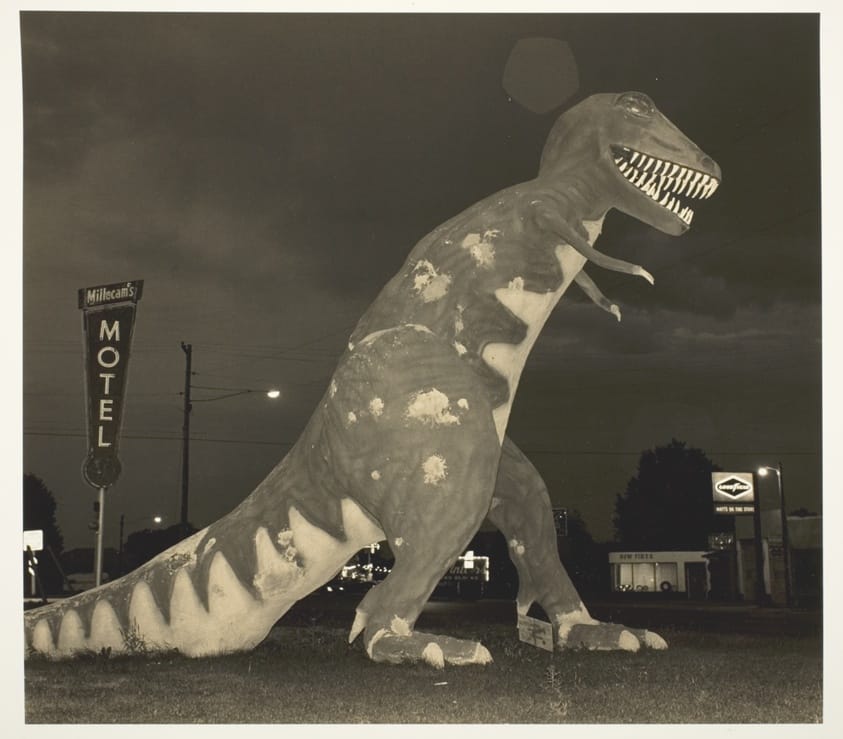The Bulletin of the Atomic Scientists, a non-profit organization focused on global security and public policy, has recently announced an update to its symbolic Doomsday Clock. This clock, established in 1947, is a metaphorical representation of the perceived proximity of humanity to global annihilation, particularly from nuclear war. The clock’s hands are moved forward or backward each year to reflect changes in the global security landscape. This year’s revision comes after a thorough evaluation of the numerous threats currently facing the planet, encompassing a wide range of concerns from armed conflict to environmental change. The Doomsday Clock was initially conceived as a gauge of the dangers posed by nuclear weapons, and for much of its history, the movement of its hands was primarily influenced by the state of international relations between major nuclear powers. However, the focus has gradually broadened to include other existential threats such as the climate crisis, the spread of misinformation, and the proliferation of dangerous biological and artificial technologies. The organization’s update isn’t intended to generate fear, but rather to bring increased awareness to the complex challenges that the world is facing.
The decision-making process involves a panel of experts, which includes scientists, policymakers, and other scholars, who collectively analyze global events and scientific developments throughout the previous year. Their discussions are confidential to safeguard objectivity. These experts come from varied backgrounds and perspectives, promoting comprehensive analysis. The clock itself is a visual metaphor, designed to be readily understood by the public, and the decision of where the clock is set is not an exact calculation, but rather a consensus opinion regarding the overall risk and potential severity. The assessment takes into account the actions and pronouncements of national leaders, the progress of international agreements or the lack thereof, and the potential impact of scientific breakthroughs. The clock’s movement also attempts to address the public’s attention to particular global issues that are impacting the stability of the world. This latest reassessment considers many factors, such as the continued conflict in Europe, which threatens to escalate in unpredictable ways. The risk of nuclear proliferation and the expansion of international armed conflicts are also major factors contributing to the overall assessment. The scientists also weighed the increase in extreme weather events and their impact on vulnerable populations. The accelerating pace of technological change, especially in areas like artificial intelligence and biotechnology, is also raising concerns about unforeseen consequences. The spread of misinformation, often deliberately amplified through social media, further exacerbates these issues. The Bulletin emphasizes that it is important to understand that the clock is not meant to predict the future. Instead, its purpose is to communicate a sense of urgency and to call on world leaders and the public to engage in critical conversations and decisive actions. The clock’s position is intended to serve as a catalyst for change, urging policymakers, scientists, and all of humanity to pursue solutions that promote long term peace and security. The symbolic hand of the clock is positioned based on the expert’s interpretation of the available evidence, which is collected through various sources and peer-reviewed journals. The clock is therefore a reflection of our global risk as assessed by a group of scientists using a collective analysis method. The movement of the clock’s hand is therefore not a sign of absolute certainty, but instead, it is an indicator of global risk, which requires public awareness and action. The intention of the scientists is not to cause panic, but rather to inform the public of the ongoing danger so that they can encourage their governments to work towards solutions. The overall aim of this assessment is to promote more informed decision-making and to work collaboratively on a global level.



